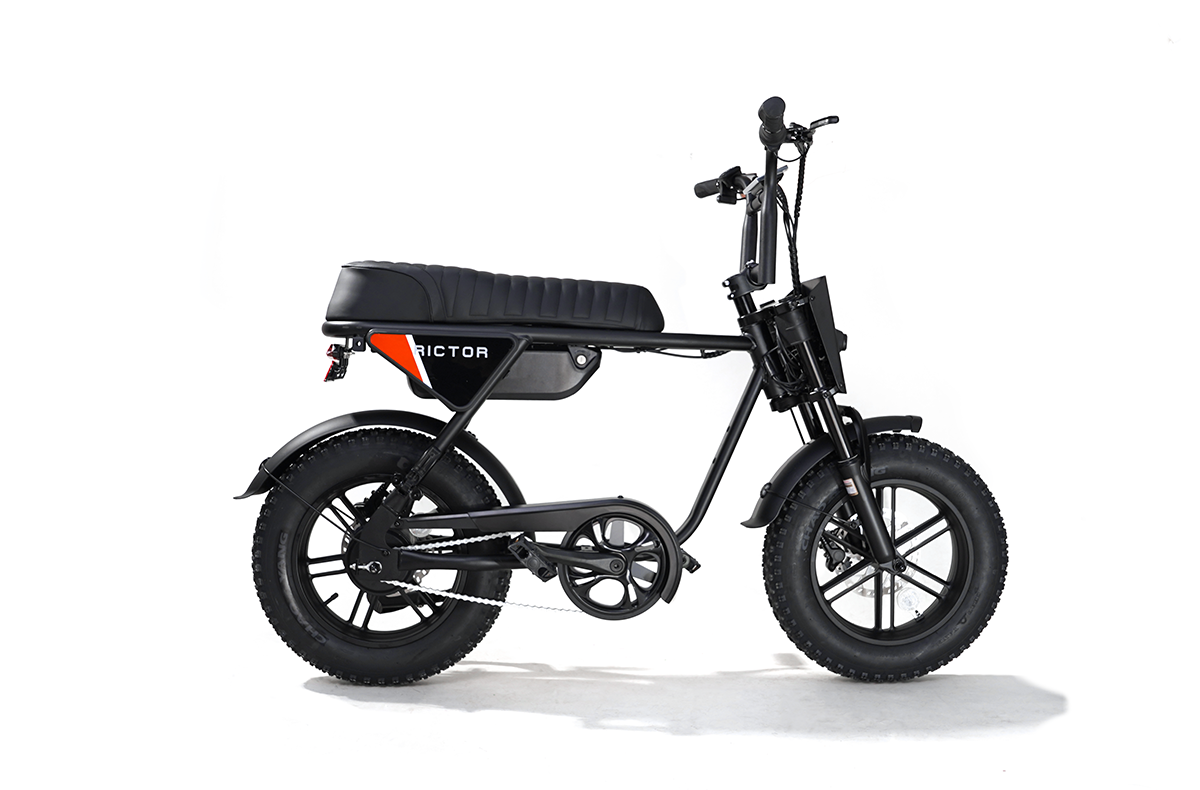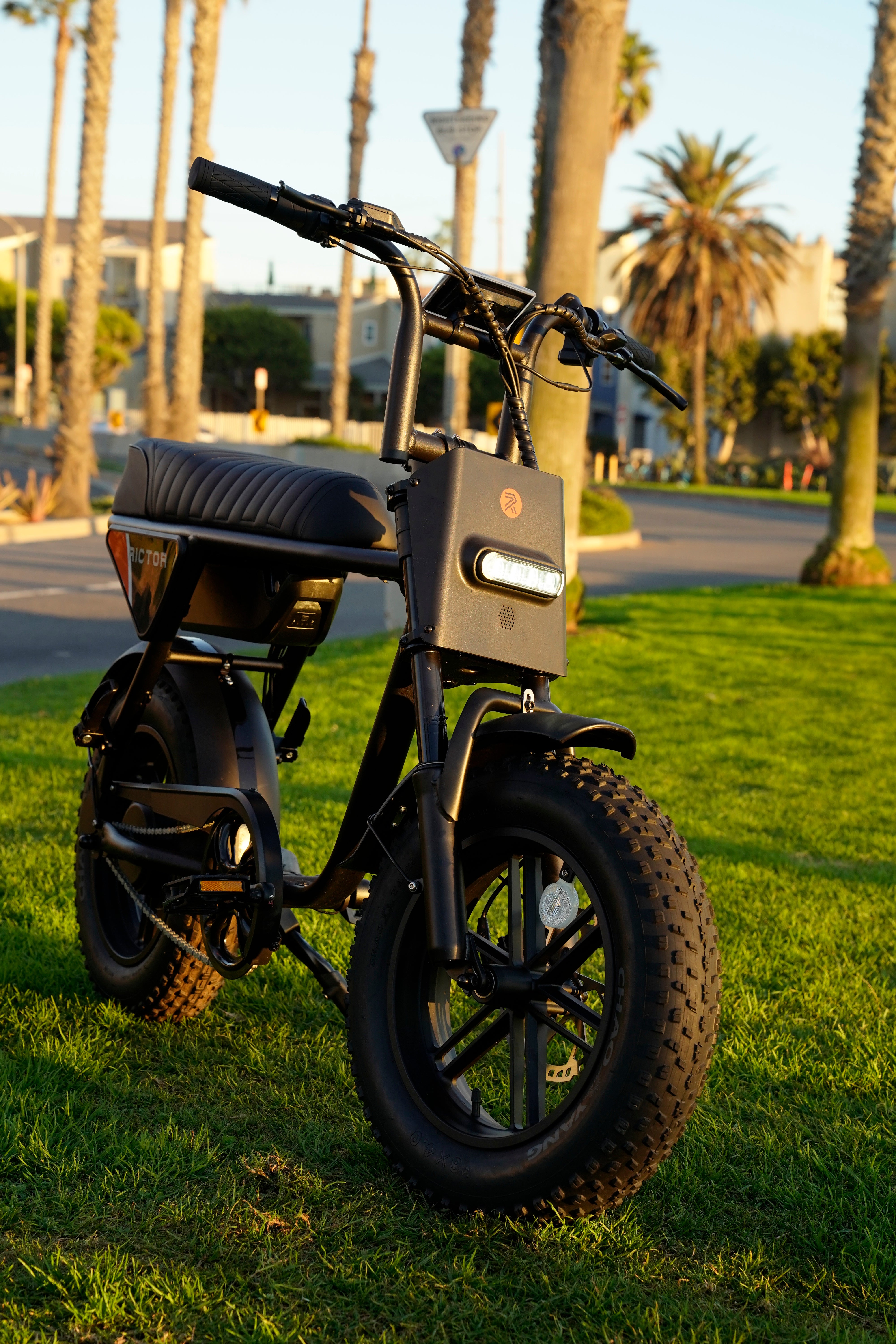
Is 48V Enough Power for Your Electric Bike?
The electric bike market is really taking off, and there are more choices than ever.
When you’re shopping for ebike, you’ll see all kinds of battery options—36V, 48V, 52V, even 72V.
With so many choices, it’s easy to wonder if a 48V battery is enough.
So, is 48V the right choice for you, or should you consider something with more power?
Let’s break it down!
Which Is Better, 36v Or 48v
Choosing between 36V and 48V batteries mainly depends on how much power and performance you need.
A 48V battery typically delivers more torque, giving you better acceleration and the ability to handle steeper hills with ease.
If you frequently ride in hilly areas or need extra power for heavier loads, the 48V option is often the smarter choice.
The added power also allows for higher speeds, which can make your rides more efficient and enjoyable, especially over long distances.
On the other hand, a 36V battery can be more than enough for riders who stick to flat terrain or use their e-bike for short commutes.
It's lighter, which means your e-bike will be easier to pedal when the motor isn’t in use.
The distance you can travel on a 48V electric bike varies based on several factors, but a key influence is the mode you’re using.
Plus, 36V systems tend to be more energy-efficient for casual riding, helping you extend the battery’s range on a single charge.
Riders who don’t need high levels of speed or acceleration might prefer the simplicity and lighter feel of the 36V setup.
Both options have their advantages, but 48V systems tend to provide more power and tackles tough terrain or going faster.
A 36V battery might be sufficient for leisurely rides or commutes, while 48V offers greater flexibility in terms of power and performance, especially if you're looking for more versatility on varied terrains.
If you're after a bike that can do it all, the Rictor electric bike is a solid pick. It's got a smart design and a strong 48V battery that lets you tackle everything from city streets to off-road trails without breaking a sweat. Whether you're cruising up hills or just taking in a long, scenic ride, the Rictor gives you a great mix of power and smooth performance.

SEE ALSO How Fast Can E-Bikes with Different Voltages Go?
How Long Does A 48v Ebike Battery Last
The lifespan of a 48V e-bike battery is influenced by several factors, including how often and how far you ride, how well the battery is maintained, and the specific brand and model of the battery.
On average, a well-maintained 48V battery should last around 3 to 5 years before it needs to be replaced.
However, this varies based on how it’s used.
When it comes to daily usage, a fully charged 48V battery can typically last between 20 to 70 miles on a single charge, but this range depends heavily on your riding style and the conditions.
For example, if you’re riding on flat terrain and using a lower pedal-assist setting, the battery will last longer.
But if you’re climbing hills or using high levels of assist, expect the range to drop.
Weather conditions also play a role—extreme temperatures can affect battery efficiency, causing it to drain faster.
Beyond that, battery care is crucial.
Frequently draining the battery to zero or exposing it to extreme temperatures can significantly reduce its overall lifespan.
To get the most out of a 48V battery, it’s recommended to avoid full discharges and to store the battery in a cool, dry place.
Proper charging habits, like unplugging it once it reaches full charge, can also help extend its life.

How Far Will A 48v Electric Bike Go
Typically, a 48V battery can allow an e-bike to travel between 20 to 60 miles on a single charge.
In optimal conditions—such as flat terrain, moderate speeds, and a lower level of assist—riders can even push the range closer to 70 miles.
However, when climbing hills or using higher levels of pedal assist, the range decreases because the motor is working harder, consuming more battery power. Rider weight and cargo can also impact how far you can go.
A heavier rider or additional weight on the bike means the motor has to use more energy to maintain speed, which shortens the range.
In eco mode or the lowest pedal-assist setting, where the motor is doing minimal work and you’re pedaling more, you can expect to maximize your range.
Typically, you could achieve up to 60-70 miles on flat terrain, assuming you’re not facing extreme weather or carrying heavy loads. Eco mode is designed for efficiency, helping you conserve battery power over long rides.
In standard mode, which provides a moderate amount of assistance, the range decreases because the motor is engaged more frequently.
On average, you might see ranges between 40 to 50 miles depending on the terrain.
This mode strikes a balance between comfort and battery consumption, making it ideal for casual rides where you want a bit more help but still aim for distance.
If you switch to high power or sport mode, where the motor is doing most of the work, especially on hills or tough terrain, the battery drains more quickly.
In this mode, you may only get 20 to 30 miles before needing a recharge.
High-power mode is great for short bursts of speed or when you need extra help on steep climbs, but it’s not ideal for long-distance travel.
Using the throttle without any pedal assistance can also significantly reduce your range.
Relying entirely on the motor can limit you to about 20 miles on a single charge, especially on hilly or challenging terrain.

What Is The Advantage Of 48v Battery
The range of a 48V e-bike can vary based on several factors, including the bike’s motor efficiency, the terrain you’re riding on, and how much pedal assist you use.
Typically, a 48V battery can allow an e-bike to travel between 20 to 60 miles on a single charge. In optimal conditions—such as flat terrain, moderate speeds, and a lower level of assist—riders can even push the range closer to 70 miles.
A 48V battery can provide a smoother, more reliable ride, especially at higher speeds.
It also handles sudden bursts of power, like accelerating from a stop, with less strain on the motor.
This not only improves performance but can also extend the life of the motor itself, as it’s not being overworked to compensate for lower voltage.
Additionally, 48V systems generally support larger motors, which are capable of generating more power and speed.
This makes them ideal for those who want to travel faster, haul heavier loads, or simply enjoy a more powerful riding experience.
However, it’s worth noting that a 48V battery is typically heavier and may add some extra weight to the bike.
Despite this, the benefits in terms of power, efficiency, and overall performance usually outweigh the added weight.
Can I Put A Higher Voltage Battery On My Ebike
Upgrading to a higher voltage battery might seem like an easy way to boost your e-bike’s performance, but it’s not as straightforward as it sounds.
While it is technically possible, it’s not something that should be done without careful consideration.
The motor and controller of your e-bike are designed to operate within a specific voltage range.
If you install a battery with a higher voltage than the system is rated for, you risk damaging key components like the motor, controller, or wiring. This could lead to short circuits, overheating, or even permanent damage to the entire system.
In some cases, trying to use a higher voltage battery could cause the bike to malfunction or stop working entirely.
The additional power can put too much stress on the motor, leading to overheating or failure.
It’s also worth noting that using a battery with a voltage higher than recommended by the manufacturer may void your warranty, leaving you responsible for any repairs or replacements.
However, if your e-bike’s components—specifically the motor and controller—are rated to handle a higher voltage, an upgrade can provide benefits like more speed and a longer range.
But it’s crucial to ensure all parts are compatible before making the switch.
Many riders who choose to upgrade to a higher voltage battery also upgrade their motor and controller to ensure everything works safely together.
This type of upgrade should only be done if you’re certain all components can handle the increased power.
In most cases, it’s safer to stick with the voltage your e-bike was designed for.
While the idea of more speed and power is tempting, the potential risks and costs of damaging your e-bike far outweigh the benefits if done improperly.
Always consult a professional or the manufacturer before making any changes.
FAQs
Can I upgrade from a 36V to a 48V battery without changing the motor?
No, upgrading from a 36V to a 48V battery often requires you to change the motor and controller as well. Using a higher voltage on components not designed for it can cause damage.
How much does a 48V electric bike battery weigh?
A 48V battery typically weighs between 6 to 10 pounds, depending on its capacity. While heavier than a 36V battery, the added power and range often make the extra weight worth it for many riders.
Do I need a special charger for a 48V electric bicycle battery?
Yes, you need a charger that matches the voltage of your battery. A 48V battery requires a 48V charger to charge safely and efficiently.
💡 Explore More Here!
- Are Electric Bikes Allowed in National Forests? (In Some, Yes)
- Quick Gearshift Tips! Easy Guide for Beginners on 7 Speed Bikes
- 2024 Electric Bicycle Pricing, don’t overpay on your next ride [+ Good Recommendation]
- Beyond the Basics | How Fast Can Your Electric Bike Really Go?
- 9 Benefits to ride electric bike, ditch the stationary bike and ride free



